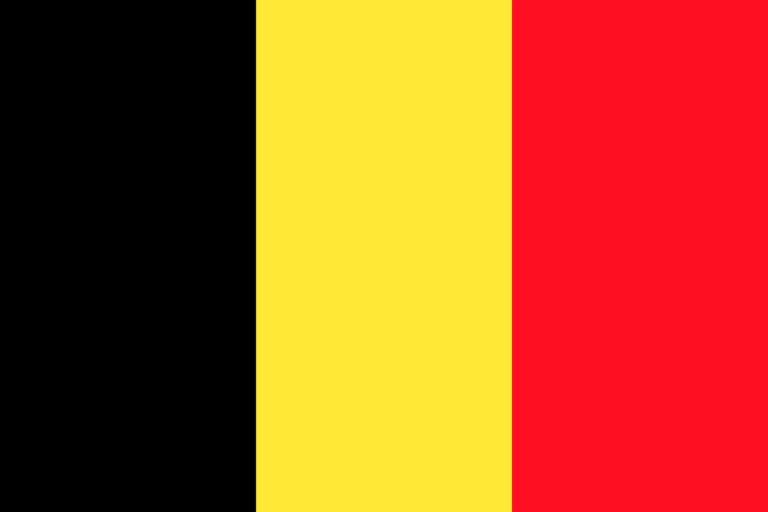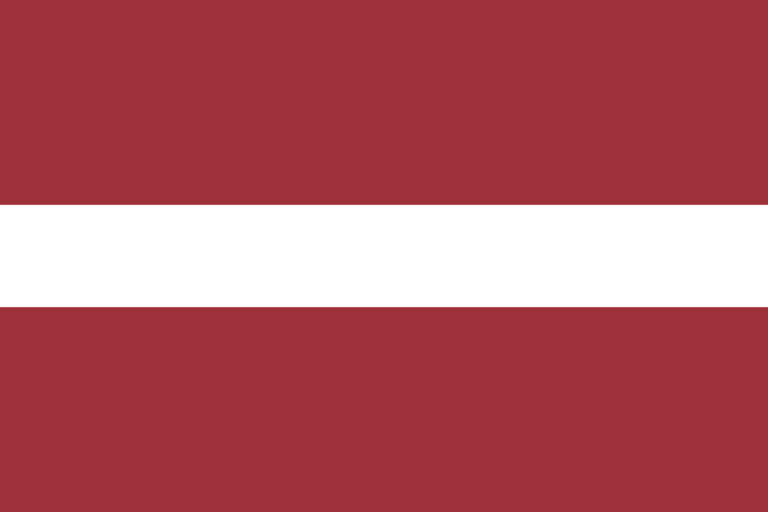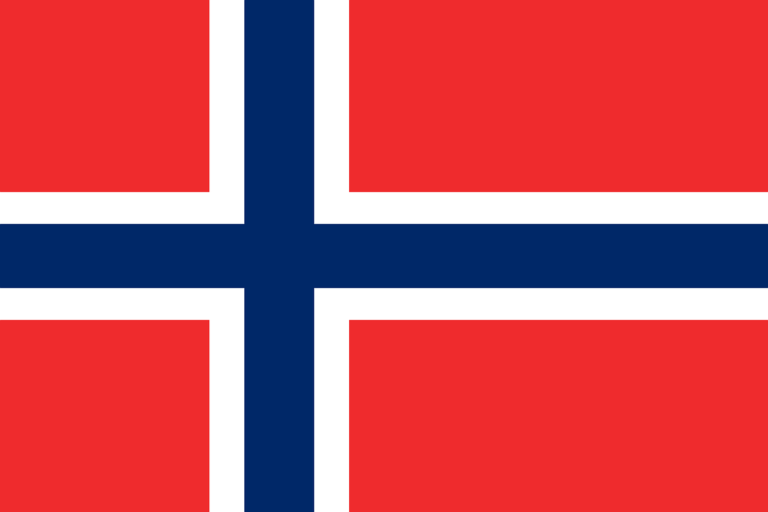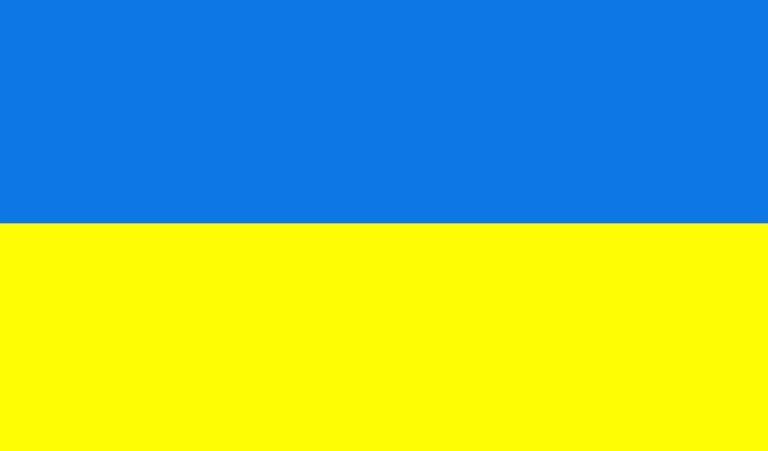Flags have the remarkable ability to capture the spirit and essence of a nation, and the national flag of Switzerland, with its distinctive red background and white cross, is a powerful symbol that reflects the country’s unique history, values, and natural beauty. In this blog post, we will explore the fascinating story behind the Swiss national flag, tracing its origins, symbolism, historical significance, and its enduring importance in contemporary Switzerland.
Origins and Evolution:
The Swiss national flag, known as the “Swiss Cross,” features a square red field with a bold, equilateral white cross at its center. The origins of the flag can be traced back to the 13th century, when Swiss soldiers wore white fabric crosses as a means of identification during battles. Over time, the simple yet striking design became synonymous with Switzerland’s national identity.
Symbolism and Meaning:
The Swiss national flag carries profound symbolism. The white cross represents Christian heritage, purity, and integrity. The red background symbolizes bravery, strength, and the bloodshed by Swiss soldiers in defense of their freedom and independence. The flag’s design embodies simplicity, clarity, and precision, reflecting the renowned Swiss values of precision and efficiency.
Historical Significance:
The Swiss national flag has witnessed significant historical moments in Switzerland’s past. It stands as a testament to the country’s long-standing tradition of neutrality and independence. For centuries, Switzerland has maintained its neutrality, avoiding involvement in conflicts and acting as a diplomatic mediator. The flag serves as a reminder of Switzerland’s commitment to peace, stability, and its unique place in the global community.
Contemporary Importance and National Identity:
In present-day Switzerland, the national flag holds immense importance. It is proudly displayed throughout the country during national holidays, such as Swiss National Day on August 1st, and other significant events, including sporting competitions and official ceremonies. The flag represents the unity, diversity, and collective identity of the Swiss people, fostering a sense of national pride, loyalty, and belonging.
The Swiss national flag plays a central role in shaping the national identity of Switzerland. It symbolizes the country’s rich cultural heritage, linguistic diversity, and regional harmony. The flag serves as a unifying symbol that transcends differences and promotes a sense of solidarity and mutual respect among the Swiss population.
International Recognition and Influence:
The Swiss national flag is recognized globally, representing Switzerland’s reputation for neutrality, precision, and high-quality craftsmanship. It is proudly flown at Swiss embassies, consulates, and international organizations, symbolizing the country’s commitment to diplomacy, humanitarian efforts, and international cooperation. The flag’s iconic design has also influenced various fields, including design, architecture, and fashion, making it an internationally recognized symbol of Swiss excellence.
The Swiss national flag, with its bold white cross against a vibrant red background, encapsulates Switzerland’s rich history, values, and natural splendor. It stands as a symbol of neutrality, unity, and the Swiss commitment to peace and diplomacy. The flag fosters a sense of national pride and belonging among the Swiss people, transcending linguistic and cultural differences. As Switzerland continues to thrive and shape its future, the national flag will remain an enduring emblem, representing the country’s unique identity, values, and its esteemed place in the global community.






